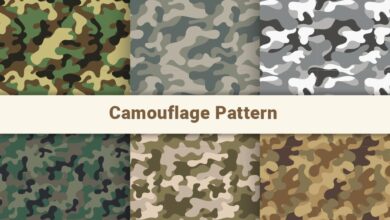It is a narrative woven with both the threads of human choices and the silent cries of the environment. As we explore the causes of deforestation, recognize the impact of our actions on the landscapes that breathe life into our world.
Deforestation is a journey with a tinge of sadness, for we witness the unraveling of lush forests, the dissonance in biodiversity, and the echoes of communities whose lives are tied to trees.
Table of Contents
Nearly all the global deforestation occurs in tropical or subtropical countries. 70% to 80% is driven by the conversion of primary forests to agriculture or tree plantations. The following are the drivers between 2015 to 2013. These drivers have not been changed over this period.
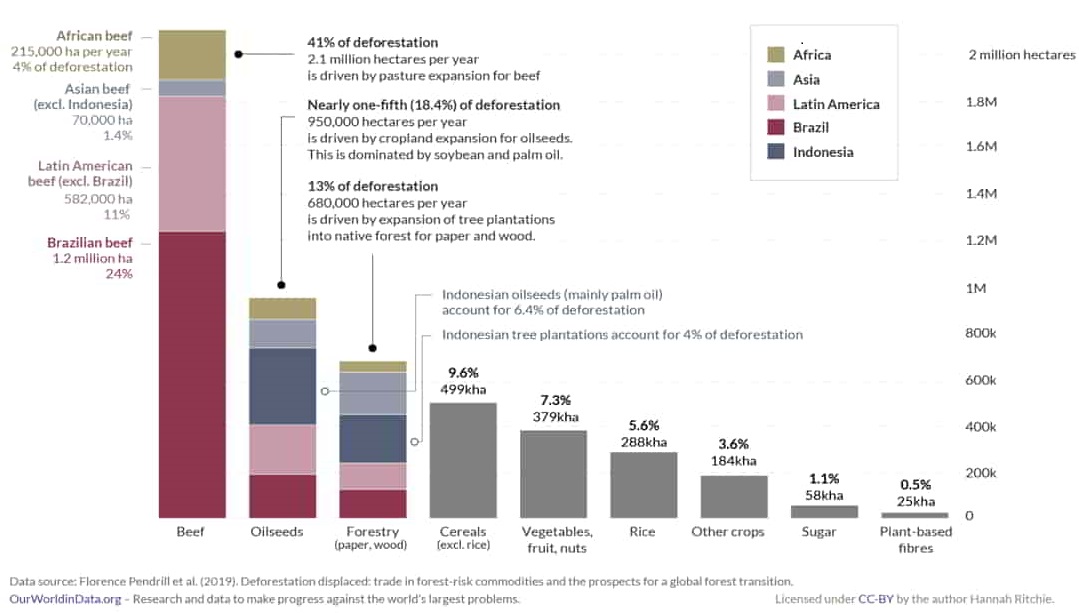
Source: Our World in Data
This dichotomy compels us to acknowledge the imperative to address the root causes and, in doing so, preserve the invaluable richness of our natural heritage. Let’s dive into the factors contributing to forest depletion.
Agriculture Expansion
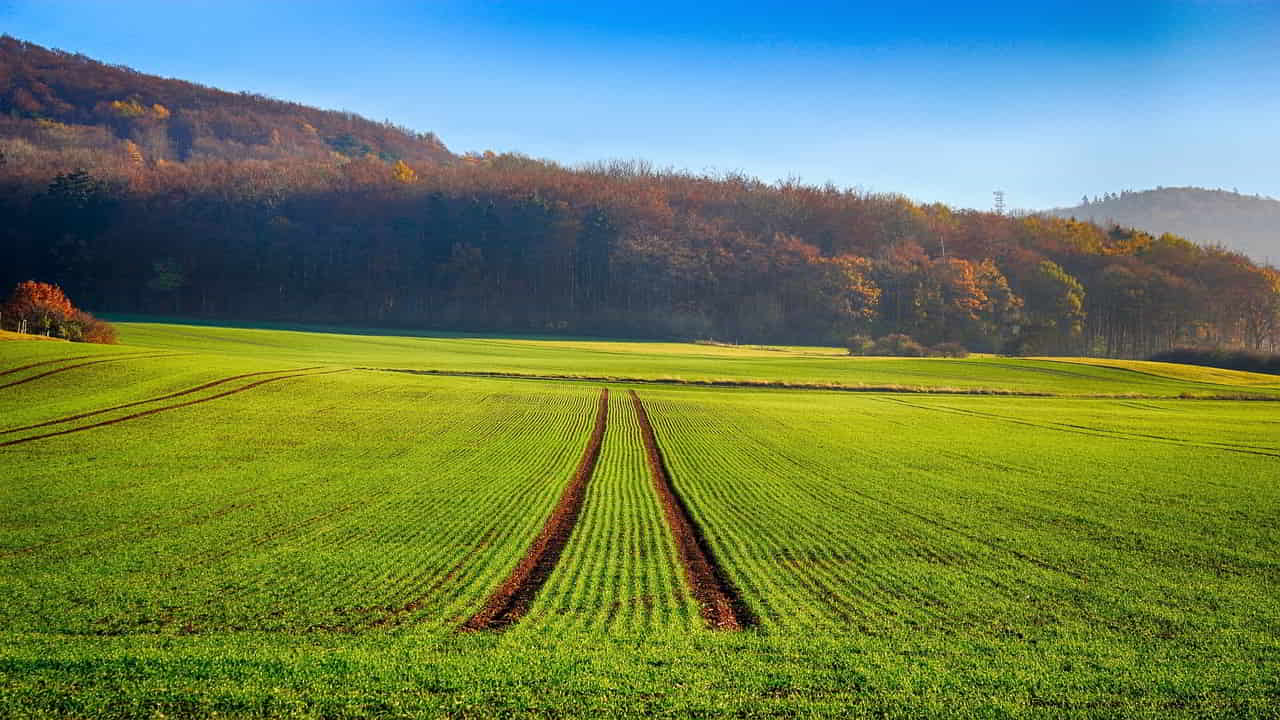
Agriculture expansion stands as a pivotal factor driving deforestation accounting for nearly 90% of deforestation. Recent data from the Food and Agriculture Organization (FAO), underscores the concerning correlation between agricultural activities and deforestation.
It includes 49.6% from expansion for cropland and 38.5% for livestock grazing. Due to the overgrowing demand for food products, a huge amount of trees are felled to grow crops, and 33% of agriculture-caused deforestation is because of subsistence agriculture.
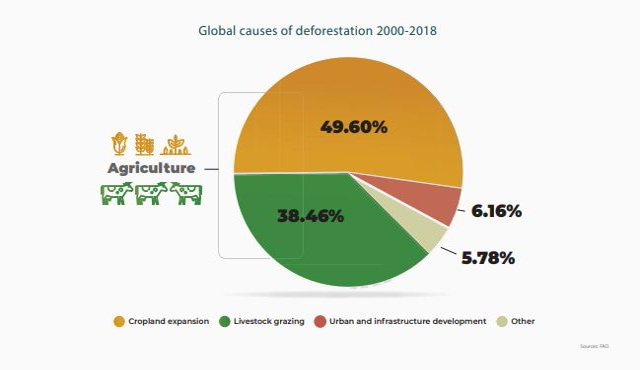
In the Amazon rainforest, a staggering percentage of deforestation is attributed to agriculture. This alarming trend raises concern for the world’s most critical ecosystems.
Read More: Agricultural Expansion and Deforestation: Finding Harmony
Southeast Asia, also bears witness to the profound impact of agriculture on deforestation. The major impact here is caused by palm oil plantations that have provoked widespread forest clearing.
The consequences of unchecked agriculture expansion reach beyond data points—they shape the fabric of our natural world.
Logging & Timber Extraction
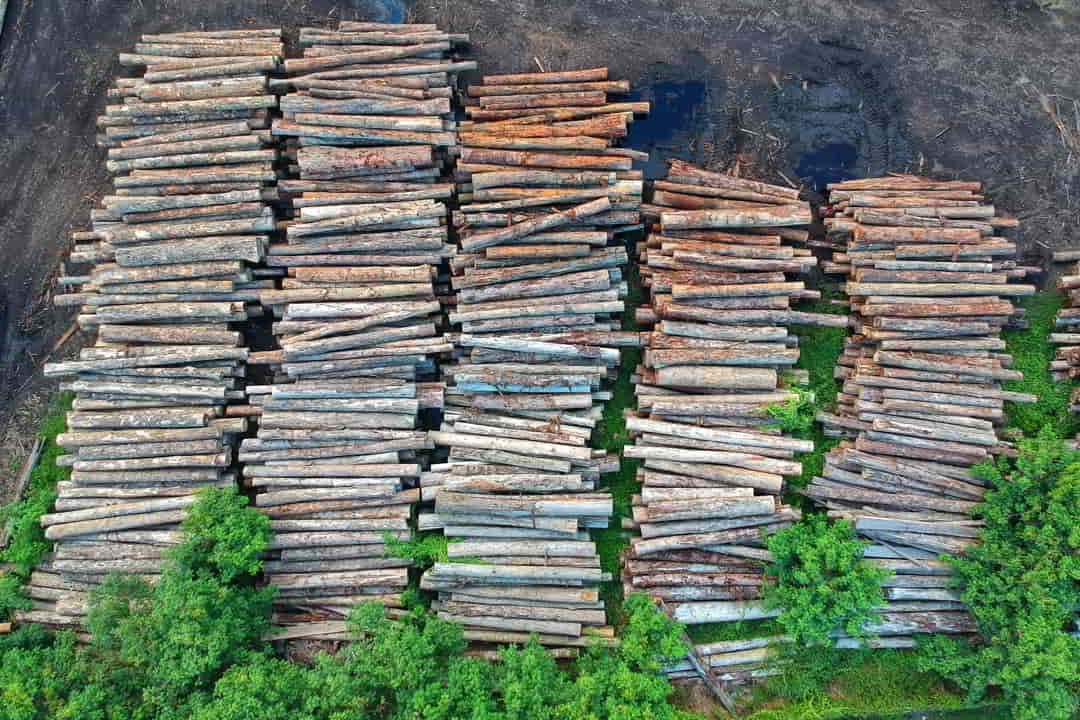
Logging and timber extraction emerge as significant contributors to deforestation that scars our planet’s landscapes. Drawing from recent data, this issue unveils a dark reality of environmental impact that extends far beyond numbers.
The temptation of valuable timber has driven extensive clearing of forests, disrupting ecosystems and displacing diverse flora and fauna.
The World Bank estimates that illegal logging accounts for 15-30% of the global trade in timber. It contributes significantly to deforestation.
Logging operations leave visible scars on the Earth’s surface in the Amazon basin and Southeast Asia regions.
Read More: What is Logging? – The Evolution, Impact, and Future
Each logged tree represents more than just a resource; it embodies the intricate web of life within the forest ecosystem.
The solution to this issue focuses on sustainable forestry practices and the promotion of responsible timber sourcing. Certification programs like the Forest Stewardship Council (FSC) strive to ensure that timber comes from responsibly managed forests, mitigating the ecological toll of logging.
Infrastructure Development
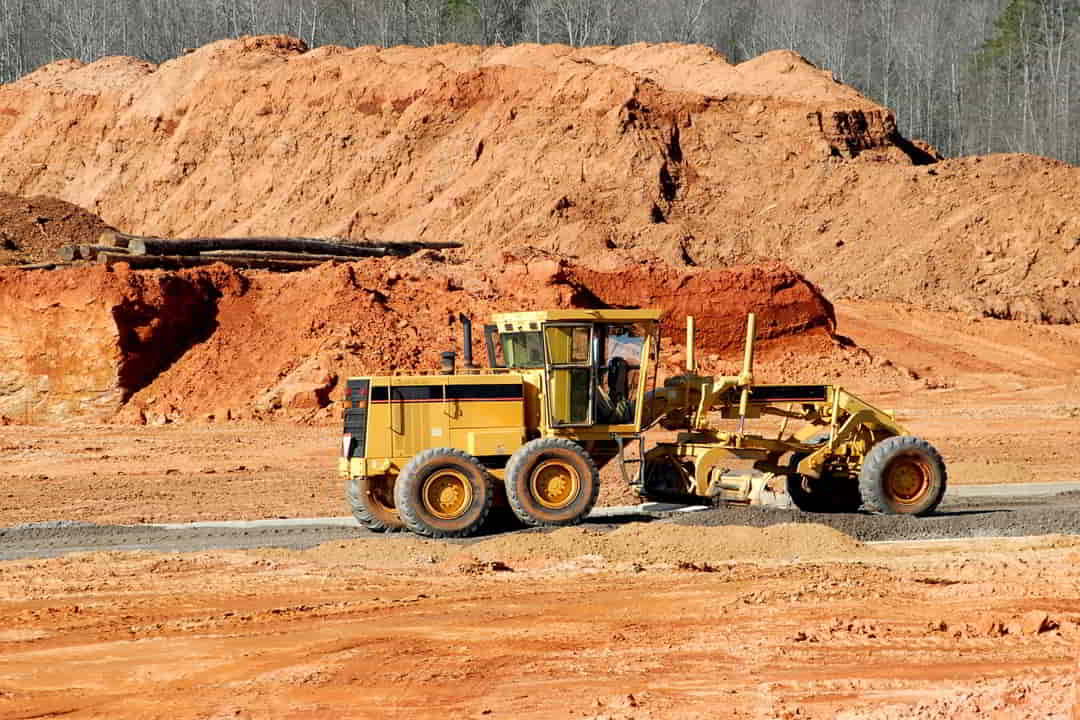
The relentless march of infrastructure development has become a force behind deforestation. Across the globe, the expansion of roads, highways, and urban areas has left a tangible imprint on our forests.
The clash between infrastructure expansion and conservation is stark in regions like the Amazon and Southeast Asia, where biodiversity thrives.
The World Wildlife Fund (WWF) notes that infrastructure development, including roads and highways. It is a key driver of deforestation, opening up previously inaccessible areas to various forms of land use.
The expansion of roads, often a precursor to broader development, opens previously inaccessible areas to logging, agriculture, and other forms of land use.
The balance between meeting the needs of a growing population and safeguarding our ecosystems requires meticulous planning. Along with innovative solutions, and a commitment to minimizing the ecological footprint of development.
Population Growth & Urbanization

The surge in population growth and rapid urbanization stands as a formidable driver behind the poignant narrative of deforestation.
As urban area increases, a substantial percentage of deforestation can be attributed to clearing trees. It is done to make space for infrastructure and the demands of the growing population.
In regions like South America to Southeast Asia, an intense clash between growing populations and the need for urban spaces.
The United Nations estimates that the population is expected to reach 8.5 billion in 2030 globally. And to increase further to 9.7 billion in 2050 and 10.4 billion by 2100, driving increased demand for urban spaces and contributing to deforestation.
The expansion of cities often extends beyond their boundaries, impacting adjacent forests and accelerating deforestation.
This complex challenge involves sustainable urban planning, and promoting green spaces within cities. Suitable policies should be implemented to balance the needs of growing populations.
A balance between urban development and the preservation of ecosystems is crucial for both humanity and the planet.
Firewood Collection
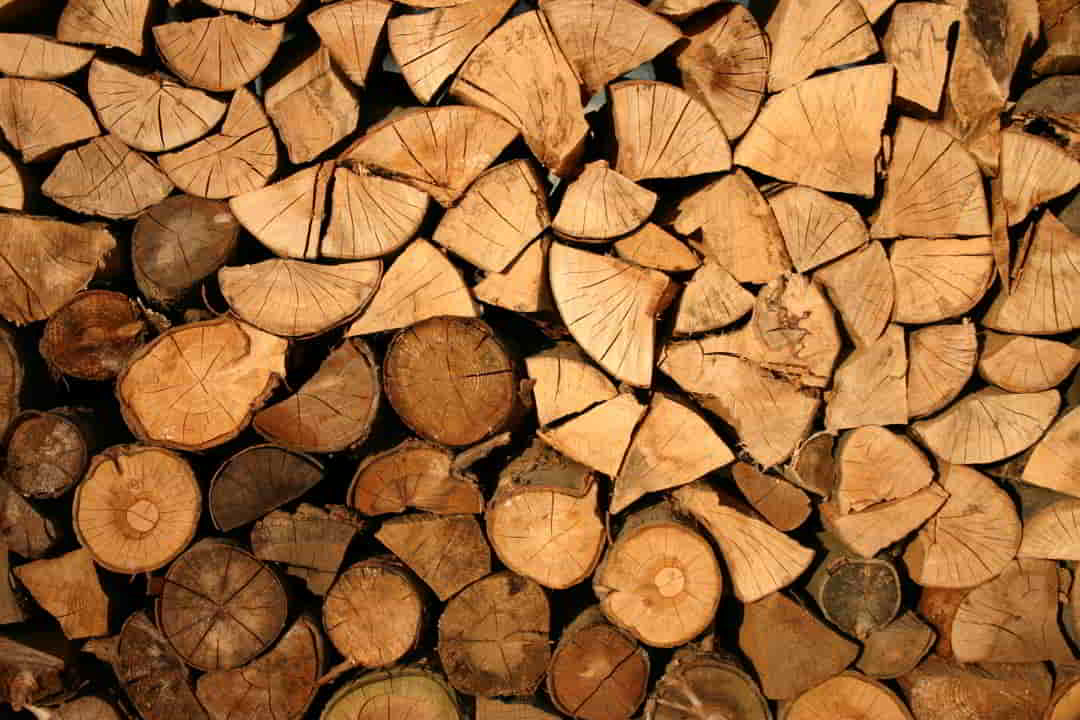
The act of collecting firewood, often seen as a basic necessity, unveils a story within the broader narrative of deforestation causes.
The extraction of firewood from forests contributes significantly to the loss of tree cover. It disrupts ecosystems and impacts biodiversity.
The International Union for Conservation of Nature (IUCN) reports that firewood collection is a major driver of deforestation. That leads to soil erosion and a decline in overall forest health.
Related Pick: Understanding Soil Erosion: The Hidden Danger to the Environment
This becomes especially critical when considering the delicate balance required for sustainable forestry practices. Efforts to address this challenge focus on promoting alternative, sustainable energy sources and efficient cooking technologies.
Initiatives that involve local communities in reforestation projects and educate them about responsible wood collection play a pivotal role in mitigating the impact of firewood extraction on our forests.
Mining & Extraction Industries

The shadow of mining and extraction industries casts a profound impact on our planet’s forests.
In regions like the Amazon and various parts of Africa, where biodiversity flourishes, the clash between the quest for valuable resources and environmental preservation is stark.
The World Wildlife Fund highlights that mining activities, particularly in biodiversity-rich areas. Such as the Amazon, affects up to 1/3 of significant deforestation and habitat destruction.
Mining activities, often encroaching upon protected areas, amplify the ecological toll on our planet. Sustainable mining practices, reclamation of mined lands, and stringent environmental regulations could help in mitigating forest depletion.
The mining industry is gradually recognizing the imperative of responsible extraction that minimizes the ecological footprint and supports biodiversity conservation.
Forest Fires

Forest fires, both natural and human-induced, carve distressing paths through our planet. In recent years, regions like the Amazon, Australia, and the western United States have faced devastating wildfires.
The interconnected challenges of climate change, prolonged droughts, and human activities intensify the risk of these destructive events.
The Global Forest Watch reports that in recent years, human-induced fires have been responsible for a notable portion of deforestation.
It reports that forest fires now result in 3 million more hectares of tree cover loss compared to 2001. It accounted for one-quarter of all tree cover loss over the past 20 years.
This multifaceted challenge involves firefighting, proactive measures, and emergency response. These measures include controlled burns, community education, and policies to mitigate climate change.
The human element in this story involves communities coming together to prevent and manage fires. In order to recognize the shared responsibility of preserving our natural heritage.
Politics & Governance in Forest Depletion

The intertwining of politics and governance with deforestation unfolds as a complex narrative.
In various parts of the world, political dynamics influence land-use policies, logging regulations, and conservation efforts.
The nexus between political decisions and deforestation becomes particularly evident when economic interests override environmental concerns.
Transparency International notes that corruption in the forestry sector can contribute to illegal logging and deforestation. It emphasizes the role of governance in addressing this issue.
This can be managed by advocating for and implementing policies that prioritize sustainable land use and conservation.
Subjective efforts might include engaging communities in environmental governance, holding policymakers accountable, and participating in decision-making processes that impact their local ecosystems.
Construction of Roads

The construction of roads, often seen as pathways to progress, reveals a slight gossip within the broader narrative of deforestation.
In biodiversity-rich areas, the clash between infrastructure development and environmental preservation is transparent.
The United States Agency for International Development (USAID) reports that road construction is a major driver of deforestation.
The expansion of roads often involves other forms of land use and intensifies the ecological toll on our planet.
Sustainable infrastructure planning, incorporating environmental impact assessments, and implementing measures to minimize the ecological footprint of road construction can be helpful.
Overgrazing by Livestock

The overgrazing of land by livestock emerges as a contributor to the complex narrative of deforestation.
As livestock populations increase, the demand for grazing land intensifies. It ultimately leads to the clearing of forests for pasture.
The Food and Agriculture Organization (FAO) reports that overgrazing by livestock is a significant factor in deforestation. It contributes to habitat loss and biodiversity decline.
The report underscores the scale of this challenge, with significant portions of deforested areas attributed to the effects of excessive grazing.
The connection between overgrazing and deforestation becomes a narrative of choices made in agriculture. It impacts both the livelihoods and the environment.
In regions, from South America to Africa, overgrazing is a threat to biodiversity-rich areas. The clash between the expanding livestock industry and conservation imperatives becomes evident as grazing lands encroach upon vital habitats.
Hydropower Projects
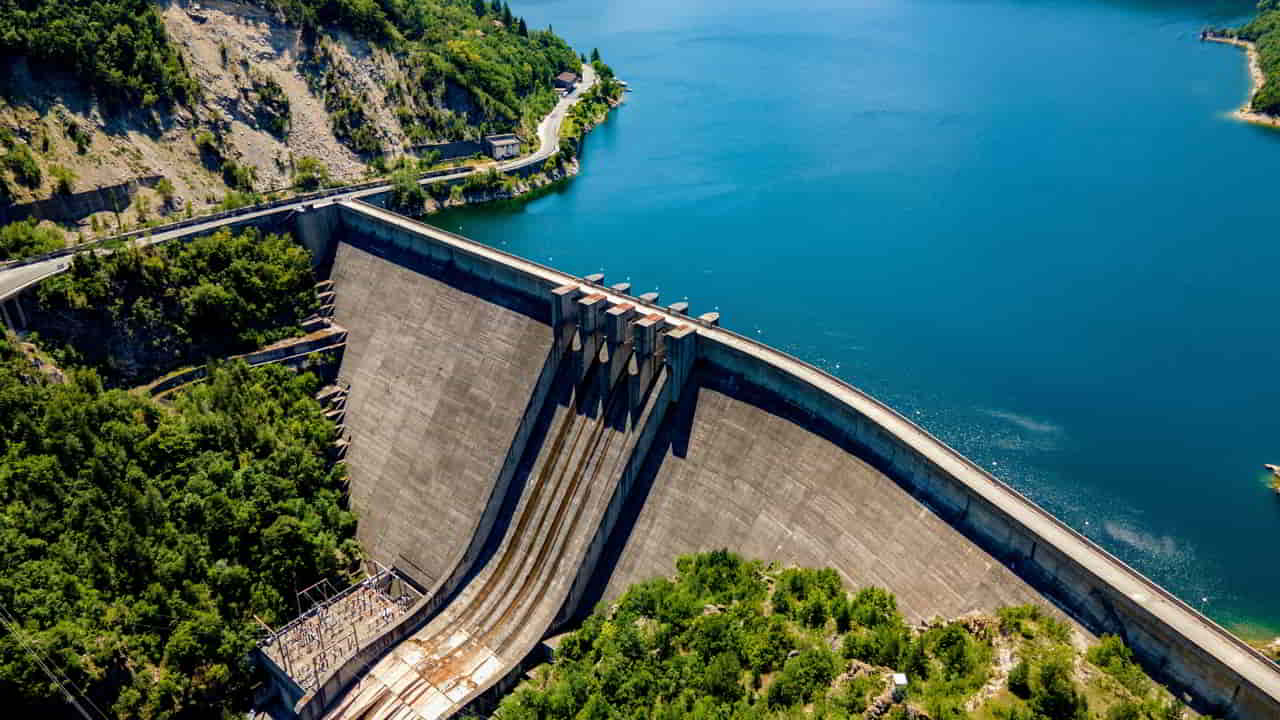
The construction of hydropower projects, aimed at harnessing renewable energy, introduces a nuanced chapter in the intricate tale of deforestation.
Large-scale dams, essential for generating hydroelectric power, often require substantial areas of forested land to be cleared or flooded.
The World Commission on Dams notes that large-scale hydropower projects can lead to substantial deforestation, impacting ecosystems and displacing communities.
The connection between hydropower projects and deforestation becomes a narrative of choices made in the name of sustainable energy, echoing across landscapes and impacting the lives of those in proximity.
In various regions globally, the clash between the quest for renewable energy and environmental preservation becomes evident. The expansion of hydropower projects, while contributing to cleaner energy, poses challenges to ecosystems, biodiversity, and the communities dependent on these natural resources.
Mitigating this challenge involves implementing sustainable practices in hydropower development. It involves conducting thorough environmental impact assessments and exploring alternatives such as run-of-the-river projects that minimize deforestation.
Climate Mitigation Policies

Climate mitigation policies can contribute to the causes of deforestation. Subsequently, these are designed to address the global challenge of climate change,
A study published in Nature Climate Change suggests that bioenergy production is a component of climate mitigation policies. These can drive deforestation if not implemented sustainably.
While the overarching goal of climate mitigation policies is to reduce greenhouse gas emissions, certain strategies may inadvertently drive deforestation:
Bioenergy Production
Policies promoting large-scale bioenergy production can lead to increased demand for land. Such as biofuels and biomass.
This demand may result in deforestation as natural habitats are cleared to make way for bioenergy crops.
Carbon Offset Programs
Some carbon offset programs involve afforestation or reforestation projects in one location to compensate for emissions elsewhere.
Related Pick: Afforestation vs Reforestation: What’s the Difference?
However, the choice of locations and tree species can influence deforestation dynamics, potentially leading to negative environmental impacts.
Forest Carbon Offsetting
Forest carbon offsetting, while intended to protect forests, may sometimes create perverse incentives. For example, if a region receives carbon credits for preserving existing forests, there could be pressure to clear forests elsewhere to meet other development needs.
It’s a story of trade-offs, where the pursuit of one environmental goal inadvertently impacts another.
The connection between climate mitigation policies and deforestation becomes a narrative of decisions. They are made in the realm of global environmental stewardship, echoing across diverse landscapes and affecting the lives of local communities.
Palm Oil Extraction
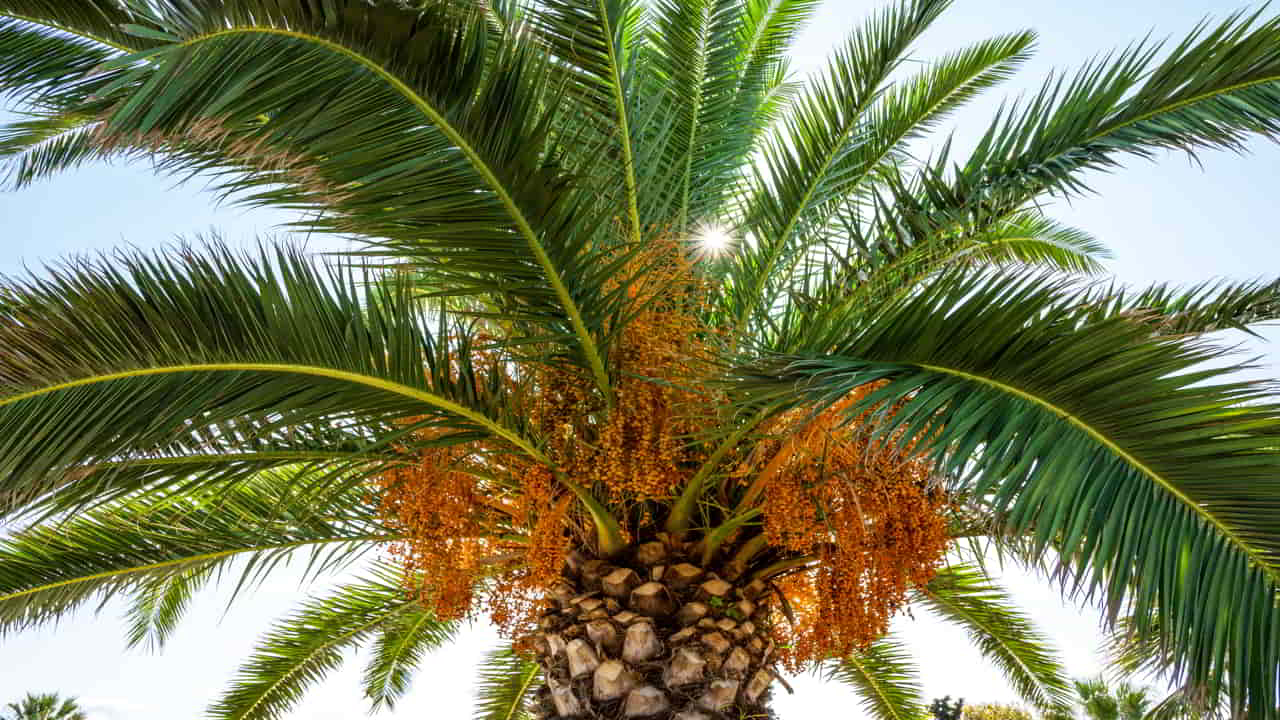
Palm oil extraction stands as a significant trigger for deforestation causes. For palm oil plantations, vast areas of tropical rainforests have been cleared.
The Union of Concerned Scientists reports that palm oil production has been a major driver of deforestation. It contributes to habitat loss, biodiversity decline, and increased greenhouse gas emissions.
Understanding palm oil’s role in deforestation lies in recognizing the far-reaching consequences on both nature and communities.
Read More: Palm Oil Production VS Global Demand – Deforestation Analysis
It’s a story of displaced indigenous populations, disrupted ecosystems, and the loss of critical biodiversity. As palm oil continues to be a versatile and widely used commodity, its cultivation has become synonymous with environmental degradation.
Promoting sustainable palm oil practices, with the RSPO leading initiatives to certify palm oil products, can help lessen the impact.
Other helpful factors could be; consumers making informed choices, supporting brands committed to sustainable sourcing, and advocating for policies that balance the demand for palm oil with the imperative to protect our planet’s invaluable forests.
Paper and pulp Industry

The paper and pulp industry emerges as a notable contributor to deforestation. Timber harvesting for paper production often involves the clearing of vast expanses of forests, contributing to habitat destruction, biodiversity loss, and alteration of ecosystems.
The World Wildlife (WWF) notes that the paper and pulp industry contributes to deforestation, impacting ecosystems and disrupting the livelihoods of communities dependent on forest resources. It uses between 33–40% of all industrial wood traded globally.
Forest clearance is disrupting livelihoods for those dependent on forest resources and the depletion of ecosystems that provide essential services, from carbon sequestration to water regulation.
Efforts to address this challenge involve promoting sustainable forestry practices, supporting certification programs like the Forest Stewardship Council (FSC), and advocating for responsible sourcing within the paper and pulp industry.
Fuelwood Collection

The Fuelwood collection presents a sufficient part of deforestation causes. It has adverse consequences on both the environment and the communities reliant on these natural resources.
It’s a story of struggling households seeking essential energy sources but inadvertently participating in the depletion of vital ecosystems.
The International Energy Agency highlights that traditional fuelwood collection is a significant contributor to deforestation, particularly in developing countries.
The connection between fuelwood collection and deforestation becomes a narrative of choices made out of necessity, echoing across landscapes and impacting the lives of those directly dependent on wood for their daily needs.
This challenge involves solutions by promoting sustainable alternatives, such as clean and efficient cooking technologies, reforestation initiatives, and community-based forestry management.
Empowering communities to adopt responsible wood collection practices might help. Also, ensuring that the demand for fuelwood aligns with the imperative to preserve our planet’s invaluable forests can save the greenery.
Explore the Impact: Effects of Deforestation on Climate and Biodiversity
It’s a story that goes beyond the loss of leaves. It’s about understanding how our choices shape the vibrant interplay of life on Earth. In this journey, we’ll explore the effects of deforestation..
Land Tenure Systems

Land tenure systems, while essential for governing land ownership and use, contribute to deforestation causes in ways that echo through the landscapes and livelihoods of communities.
In regions where land ownership is unclear or disputed, there’s a heightened risk of exploitation and unsustainable land use practices.
The Center for International Forestry Research (CIFOR) emphasizes that unclear or disputed land tenure systems can contribute to exploitation and unsustainable land use practices, leading to deforestation.
The role of land tenure systems in deforestation causes is rooted in recognizing the tangible consequences on both nature and communities.
The land tenure system is a vulnerable population seeking stability but inadvertently contributing to the depletion of crucial ecosystems.
The connection between land tenure systems and deforestation becomes a narrative of choices made in pursuing security, echoing across landscapes and affecting the lives of those dependent on the land.
War & Conflict
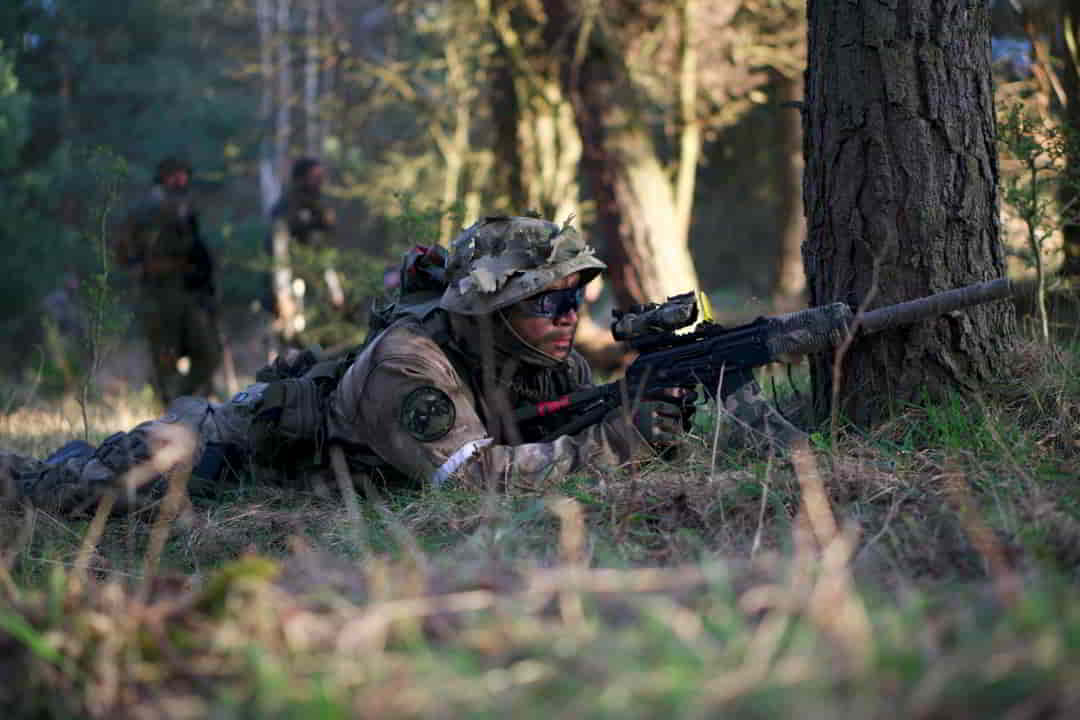
War and conflict, unfortunately, contribute to the distressing narrative of deforestation. During periods of unrest, armed conflicts often lead to the exploitation of natural resources. It majorly includes timber, as a means to fund military operations.
Landscapes are scarred by the impact of war, where the resources become intertwined with environmental degradation.
The United Nations Environment Programme (UNEP) reports that over 60 years, approximately 40% of armed conflicts have led to the exploitation of natural resources.
The connection of war being one of the deforestation causes becomes a narrative of choices made in times of conflict, echoing across regions and impacting the lives of those in proximity.
In various conflict zones globally, from Central Africa to the Middle East, the clash between armed conflicts and environmental preservation becomes evident. The exploitation of forests during conflict not only leads to deforestation but also exacerbates the challenges faced by local communities.
The solution might involve international cooperation, peacebuilding efforts, and post-conflict reconstruction that prioritize sustainable resource management.
Battling Deforestation: Solutions for a Greener Earth
Deforestation has a detrimental effect on our planet. We have seen that it has been sprouted from several causes. However, a glimpse of hope is still there in mitigating deforestation solutions…
Conclusion
In our exploration of the multifaceted causes of deforestation, we’ve uncovered the complex interplay of human activities and the environment.
Whether it be the expansion of agriculture, logging, or the unintended impacts of climate mitigation policies, each thread in this narrative weaves a story of choices that bubble across ecosystems and communities.
This dialogue serves as a call to action, urging us to recognize the connections between our choices and the health of our planet.
In fostering an awareness of the consequences embedded in environmental decisions, we pave the way for informed and conscientious choices.
Our collective journey toward sustainable practices involves not only understanding the causes of deforestation but also embracing the humanized intent to preserve life that depends on the delicate balance of forests around the globe.
Read More: Forest clearance and species loss

